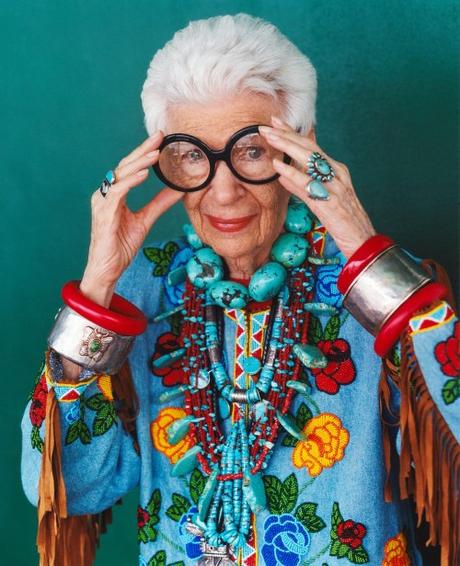
In the fall of 1997, Sue Ellen Cooper was casting about in a dusty thrift shop looking for a special gift to give to her friend for her 55th birthday. After having rummaged through piles of old books, clothes, and knick-knacks, she settled on a vintage red fedora, which she purchased for $7.50. She packaged the gift along with a copy of Jenny Joseph's famous poem, "Warning," which opens with: "When I am an old woman I shall wear purple/ With a red hat which doesn't go, and doesn't suit me." Cooper gave the gift to her friend as a reminder that she should grow old playfully and on her own terms.
A year later, inspired by that same poem, Cooper founded the Red Hat Society, which is hat-quartered in Fullerton, California. Today, the light-hearted social organization boasts over 35,000 members, most of them women over the age of fifty who are looking for fun and friendships. These middle-aged ladies are organized into local chapters with whimsical names, such as the Scarlet Harlots, Terrific Tootsies, and Sassy Hattitudes. They get together every once in a while to attend brunches and Broadway shows, sing to residents in nursing homes, organize pool parties and picnics, and otherwise eat, drink, and be merry. If you're ever out and about, you'll know when you're in their presence by their laughter and unusual garb. For their get-togethers, they wear red hats in every imaginable shape and style - cowboy hats, berets, and of course, fedoras - which they pair with silly purple outfits decorated with feathery boas or satin sashes. The Red Hatters know they look ridiculous, but they dress to cheer each other up and cheer each other on.
They're also quite protective of their group. In 2008, a sour New York Times journalist wrote about them cynically, saying she understands the group's spirit, but not the uniform. "For one thing, the Red Hat Society appears less a grass-roots rebellion than an increasingly sophisticated, for-profit licensing and marketing operation," wrote Paula Span. "And there's my other problem. Isn't it supposed to be the very young, teenagers all suddenly deciding to pierce their nostrils, who are prone to declaring nonconformity in unison? [...] When I'm old, I'll probably wear mostly black, the way I do now. And I'll call the group I have dinner with "my friends."
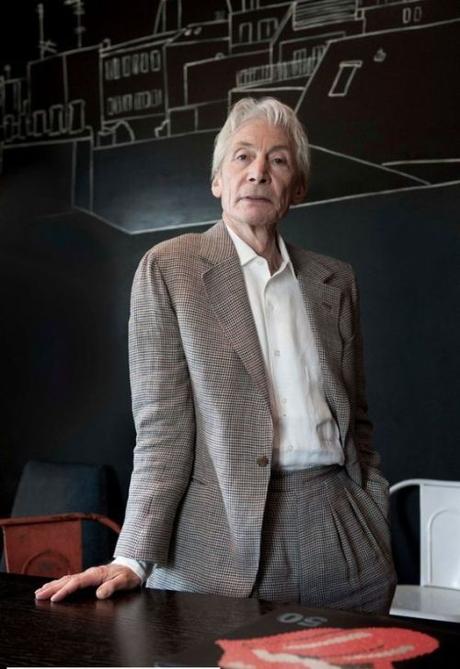
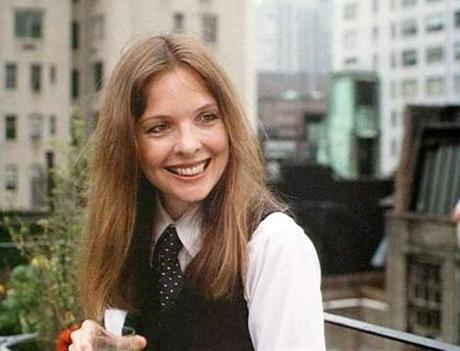
Two weeks later, these greying ladies wrote to The Grey Lady. "Life changes as you grow older," wrote Clare Bierman, a Red Hatter based in Hartsdale, New York. "People move to new locations where they know no one or are old enough to have friends die and slowly leave you by yourself in a self-centered society. The other change in a woman's life is the death of a spouse, and slowly most of the couples you have been friends with stop inviting you to join them for an evening out. What then? No, it is never too late to meet new people. I hope none of the above happens to you, Paula, but everyone is entitled to enjoy themselves (as they are doing no harm to anyone) without being looked down on by you, me, or anyone else. Open your eyes to new things, and you will be surprised at what joy can be found in the world around you."
When it comes to dressing for your age, no one has it worse than women. Young women who wear vintage dresses and a mash-mash of oversized Annie Hall styled clothes are presumed to be doing it ironically. At the same time, older women who dress young are chastised at every opportunity. Hence the phrase, "mutton dressed as lamb," which is derisively used to describe an older woman who's wearing a hemline that's far too short or lipstick that's far too red. It's worth noting, however, that the phrase was first used to praise, not ridicule, hot older women. Its first recorded use can be found in an 1811 social gossip journal maintained by Frances Calvert. When Prince George IV was asked what he thought of the girls at a ball, he snorted with derision: "Girl! Girls are not to my taste. I don't like lamb; but mutton dressed as lamb!"
Men don't face nearly the same pressures, but there's still the general encouragement to age with grace. As we get older, we're expected to demonstrate wisdom by dressing like an adult, acting with sophistication, and generally exercising restraint. At its best, this means dressing with dignity, swapping out floppy sweatpants and stained t-shirts for suits, ties, and polished shoes. There's some wisdom to this. It's easier to achieve Vitruvius's proportions when you're wearing clothes built up from many layers of haircloth, padding, and canvassing. At a certain point in life, when a beer belly replaces muscle mass, this can be extremely useful.

But the other side of this equation is the idea that, with each passing year, older people should occupy less space and be more demure - and dull. Aside from the small number of men who are still required to wear a suit to work, putting on tailored clothing today is a conscious choice that will attract attention. It's indeed easier to wear tailoring when you get older - people will find you look more natural because it fits their expectations. But it takes guts to overdress when you're 50, just as it does when you're 25.
Some of my favorite style icons don't dress according to their age. Iris Apfel is the 98-year-old muse of New York fashion, the subject of a film documentary, and an interior designer for nine US Presidents. Nicknamed The First Lady of Fabric for her work in textile design, Apfel is known for her eccentric outfits, which combine bright colors, oversized glasses, and lots of statement jewelry. The Metropolitan Museum of Art featured her wardrobe in an exhibit; Mattel issued a Barbie doll in her image. When asked what inspires her fashion choices, she says she wears whatever makes her happy. "Everyone wanted to know why I need such large glasses," she said on the Today Show. "I mean, what business is it of anybody's? Finally, I looked at them and said 'I need these to be bigger so I can see you!'" Of course, being open-minded doesn't mean you have to accept everything. Apfel says she loves over-the-knee boots, but thinks expensive pre-ripped jeans are "insanity" and athleisure is "hideous."
On the other side of the aesthetic spectrum is Edith Blayney, the mysterious, almost otherworldly, gray-haired Parisian who's often seen hanging out at Rick Owens' fashion shows. Blayney used to wear men's clothes from Dior until she met Michèle Lamy, Rick Owen's muse and wife, at a gym some years ago. The two quickly struck up a friendship. "One day, she changed everything and became a Rick Owens fan," Lamy explained in an interview. "She wears him in her very own way. [...] Her body did not change, and she has an incredible allure. But through Rick, she has found a way to connect with her emotions and be even closer to her inner self."
Some older men dress with this spirit, even if not the same style. Director Paul Feig, the mastermind behind Bridesmaids (2011), The Heat (2013), and Ghostbusters (2016), started wearing suits again in his late 30s because he wanted to appear more professional. "The other thing was, I just love photos of Old Hollywood, where you'd see Alfred Hitchcock, Howard Hawks, and early Stanley Kubrick," he said in a 2010 Put This On feature. "Everyone on the set, even the grips, wore a tie back then."
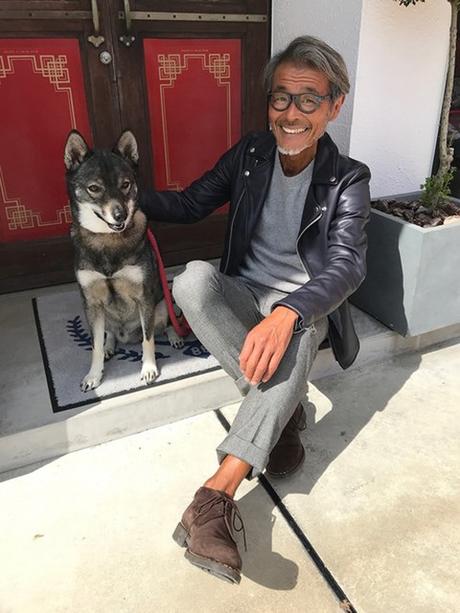
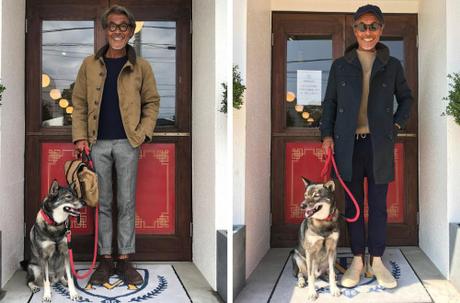
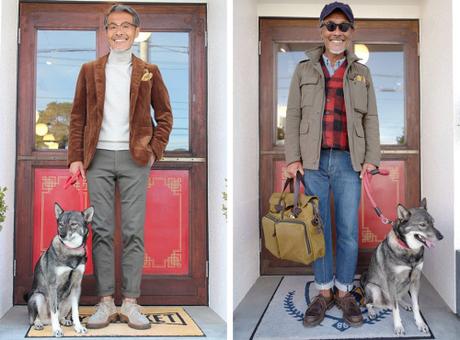
But even in tailored clothing, Feig opts for cheerier ensembles that express his love for clothes: tartan suits, three-piece tweeds, and a burgundy velvet dinner jacket worn with a floppy bow tie. He vacations in all-white summer suits finished with Charvet boutonnières. He picnics in seersucker. He has at least two teal silk jacquard dressing gowns, and his pajamas are monogrammed with a little crown. In a 2018 Los Angeles Times feature, Feig encouraged men to always overdress. "I used to have this great guilt that if I showed up [somewhere] dressed nicely, I'd make other people feel bad [about the way they were dressed]. But it's not my job to police their feelings, and who knows? Maybe next time they'll go, 'You know what? I'm going to dress up too.'"
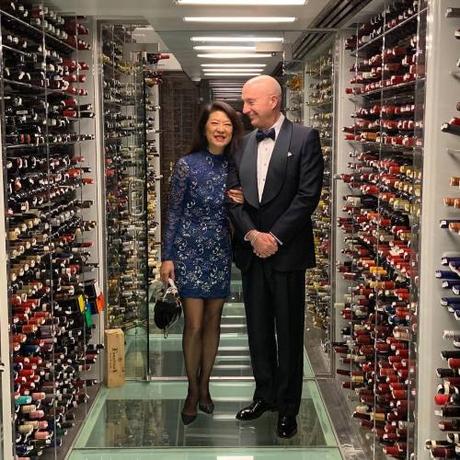
Growing old doesn't mean you have to wear tailored clothing. David Evans is the retired teacher and lawyer who runs The Grey Fox, a style blog aimed at men over the age of forty. "I'm in casualwear a lot when I'm at home. With a dog who sheds hair at every opportunity, I'm not going to strut around the house in my best suits," he once told me. David's sense of casualwear, however, isn't your usual Barbour jacket with jeans. He's often willing to embrace daring items, such as chunky turtlenecks and bold patterns (including the rare patterned trouser). For walks out in the countryside with his dog, David sports a vintage belted field coat from Grenfell - complete with shooting pockets and a dashing, upturned collar. And even when he is in a waxed cotton coat, David layers in a channel-quilted vest for an unexpected and stylish touch.
I also like Hayashi's outfits over at Boys Market, a Japanese menswear shop inspired by Americana, workwear, and California surf culture. The always beaming Japanese store owner is often wearing workwear jackets with cropped chinos and casual shoes, such as chukkas or sneakers. Similarly, fashion figures such as Doug Bihlmaier (head of Ralph Lauren vintage), Takahiro Kinoshita (former editor of Popeye, now executive at Uniqlo), and Bill Cunningham are known for their takes on workwear garb. Shortly before announcing his retirement, the 62-year-old English actor Daniel Day-Lewis stepped out a popped collar Carhartt jacket and a caramel-colored pair of utility pants turned up at the cuff. The fashion press went nuts. "Lewis epitomizes the ineffable vibe of 'your Bushwick bartender/blogger boyfriend stepping out for a quick afternoon Juul,'" Emma Specter wrote at Garage.
When I am an old woman I shall wear purple With a red hat which doesn't go, and doesn't suit me. And I shall spend my pension on brandy and summer gloves And satin sandals, and say we've no money for butter. I shall sit down on the pavement when I'm tired And gobble up samples in shops and press alarm bells And run my stick along the public railings And make up for the sobriety of my youth. I shall go out in my slippers in the rain And pick the flowers in other people's gardens And learn to spit.Womenswear has a two-faced relationship with age, where older women are often celebrated in marketing materials, but the clothes are typically cut for younger stick-thin figures. Thankfully, men's clothing tends to be more forgiving. Workwear and the avant-garde often look better when they're loose and drapey. I like how Terry Ellis isn't afraid to wear more adventurous takes on workwear and Americana. The affable Monty Don looks at home striding statesman-like around his lavish green gardens while wearing tattered French chore coats, sturdy cotton drill pants, and aerated linen shirts. The same outfit can be worn in your neighborhood while trying to stay cool in the searing summer heat. Plus, almost everyone looks good in a topcoat or olive field jacket, and those are best when they're oversized (see photos of Bruce Boyer below).
But maybe I ought to practise a little now? So people who know me are not too shocked and surprised When suddenly I am old, and start to wear purple.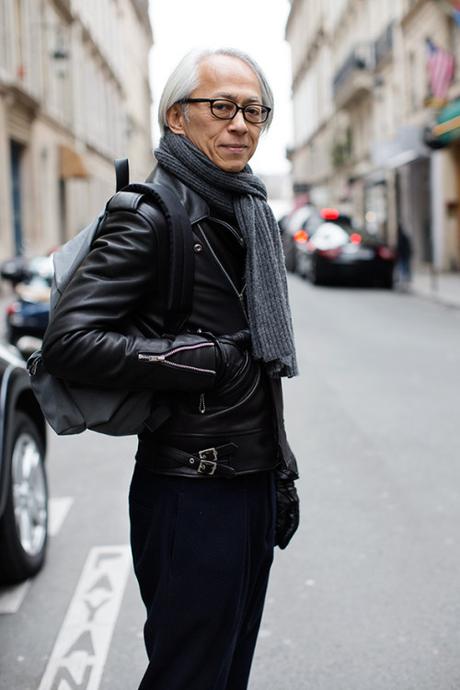
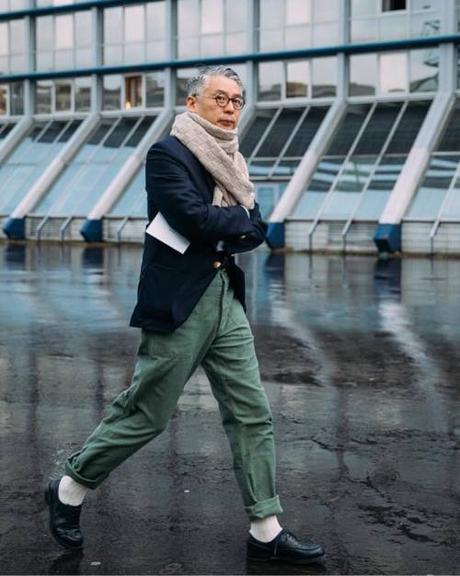
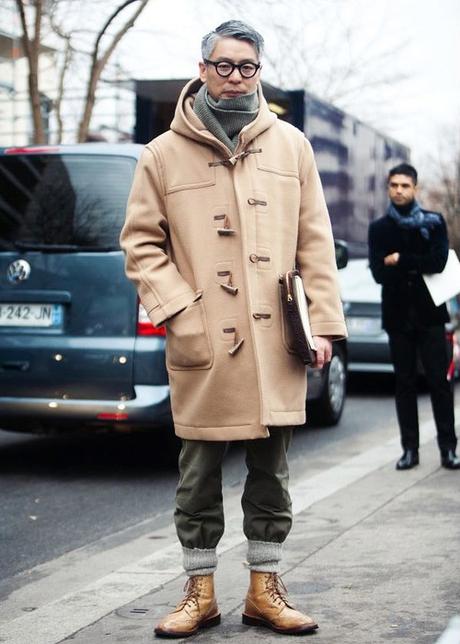
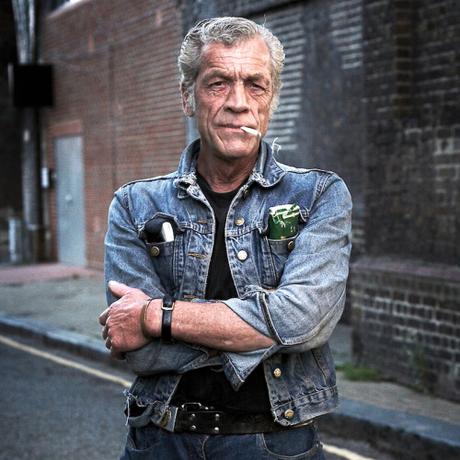
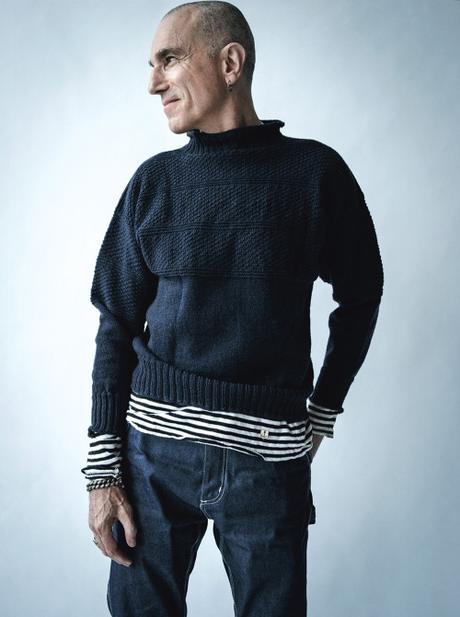
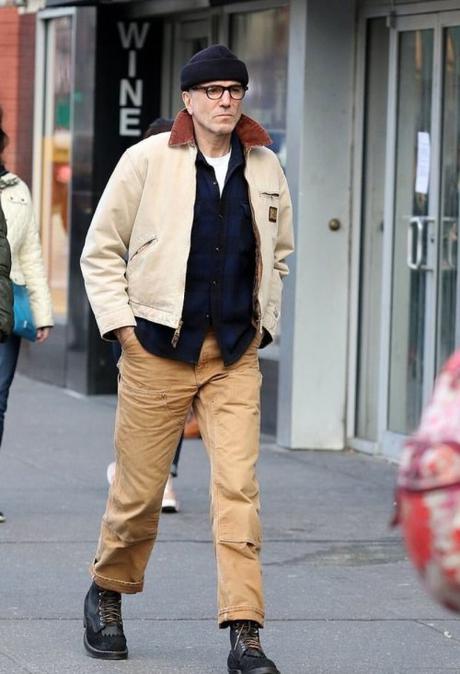
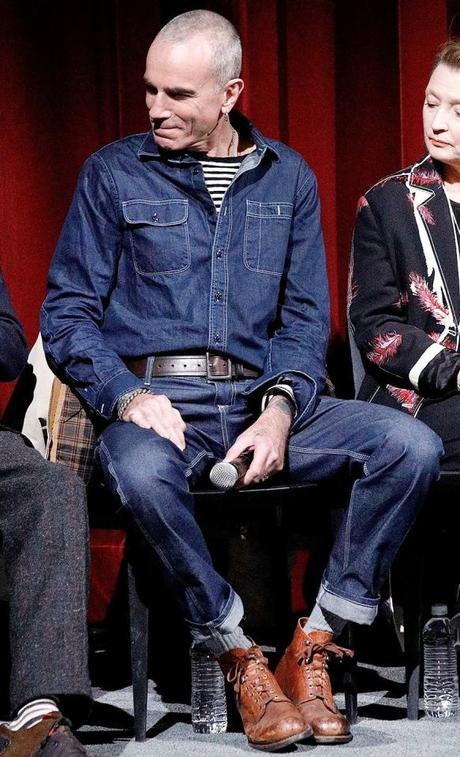





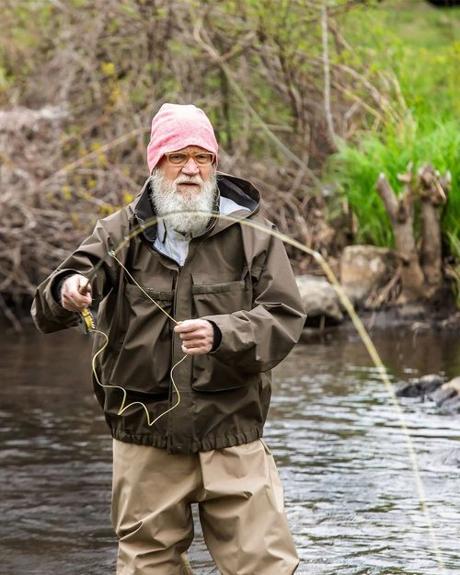

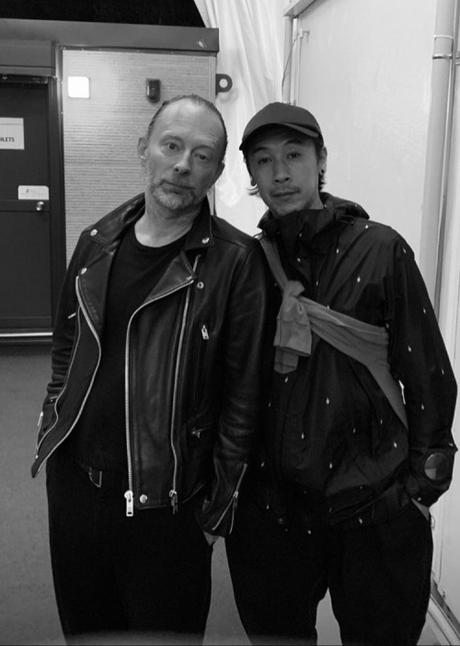

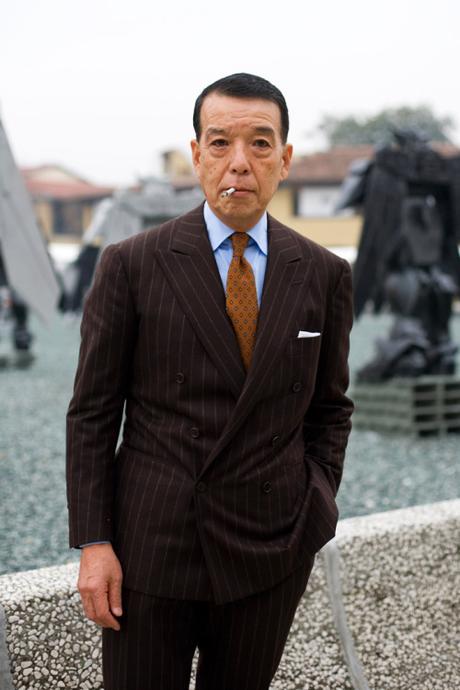
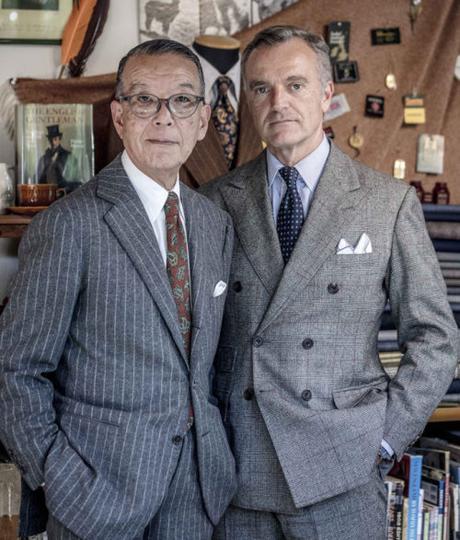
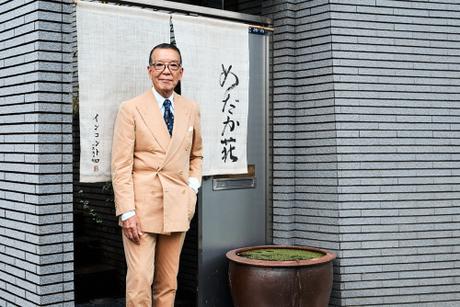

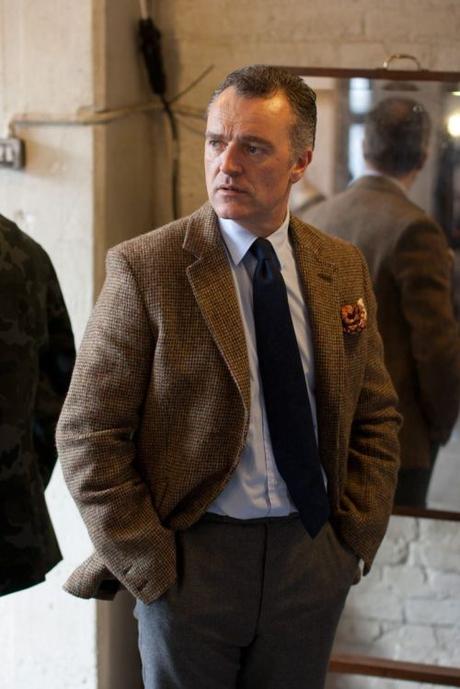
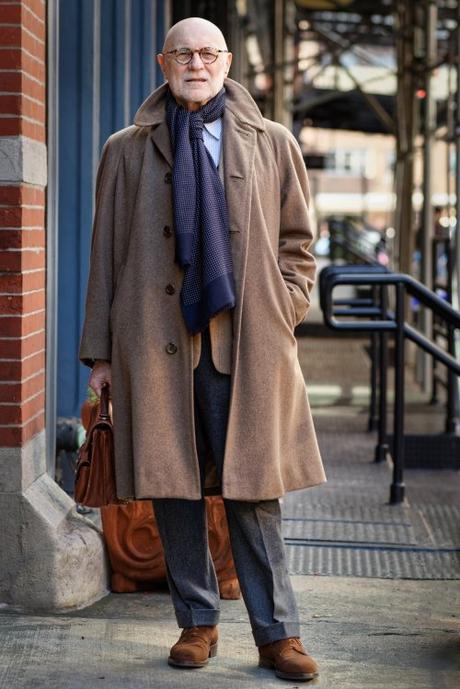
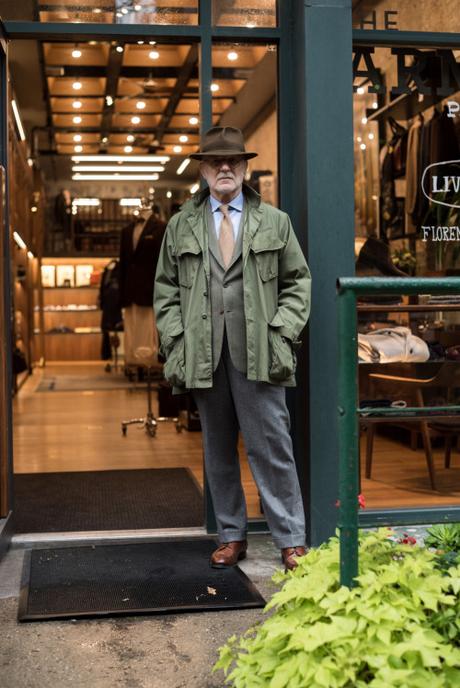
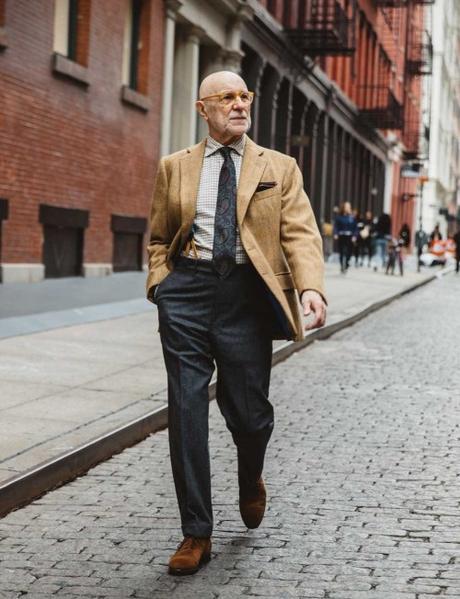
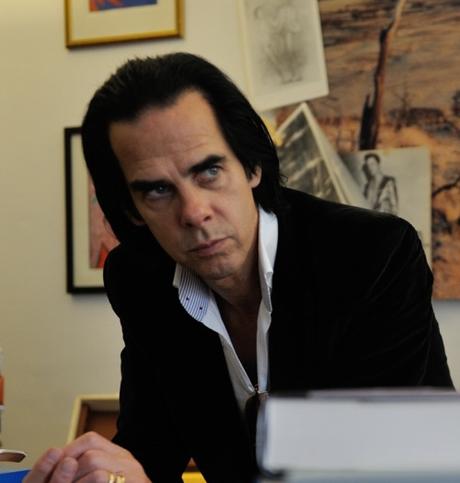
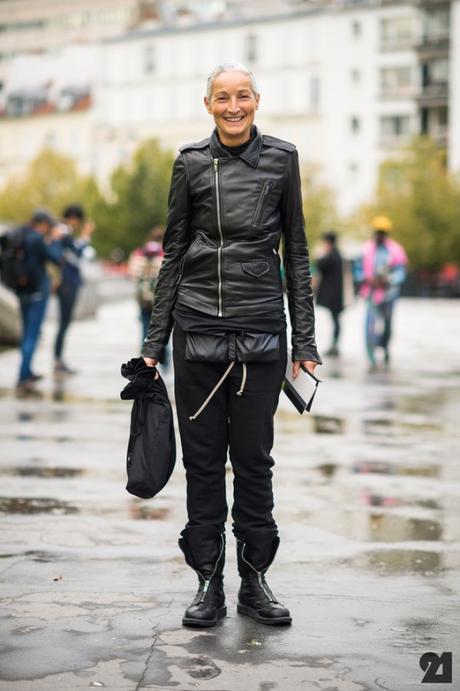
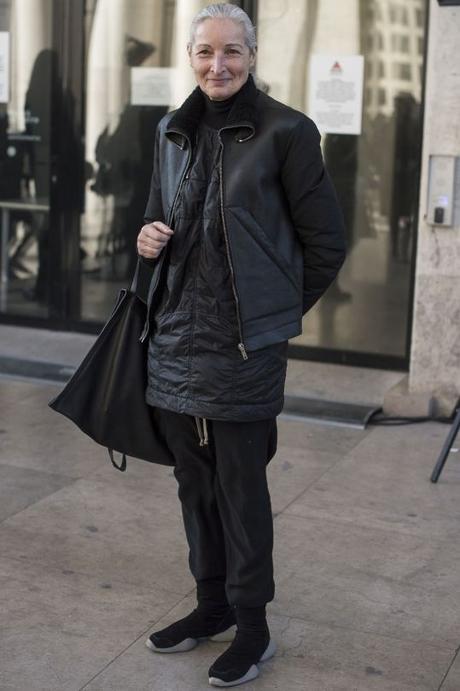
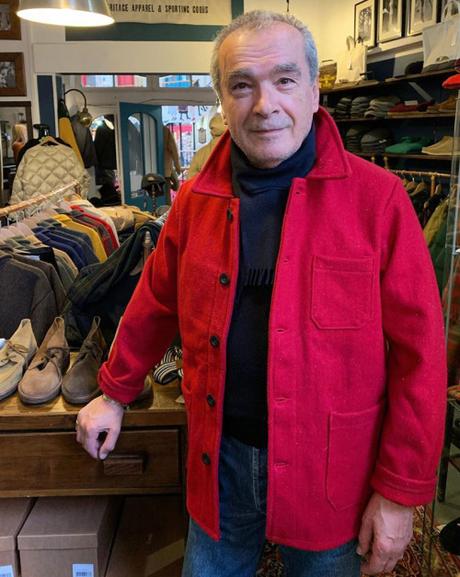
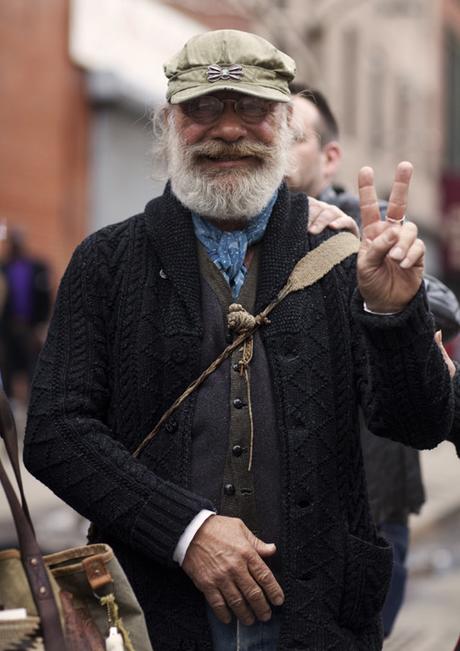
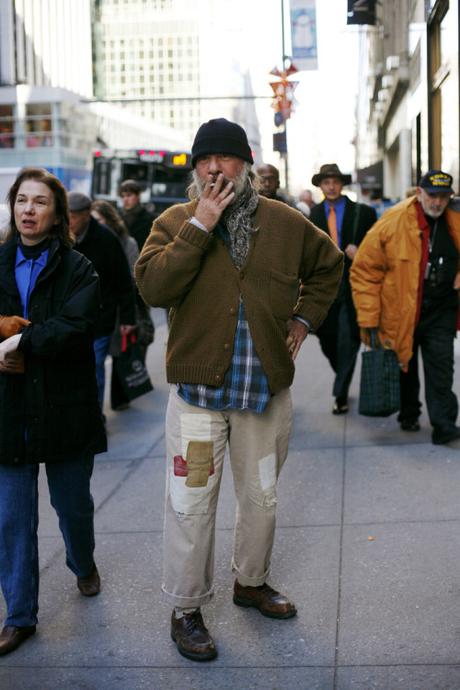
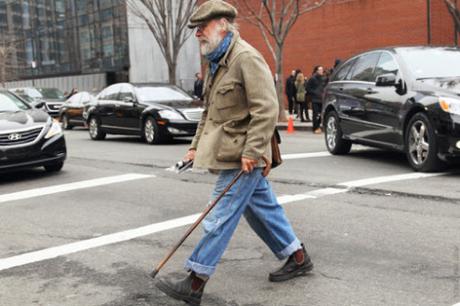
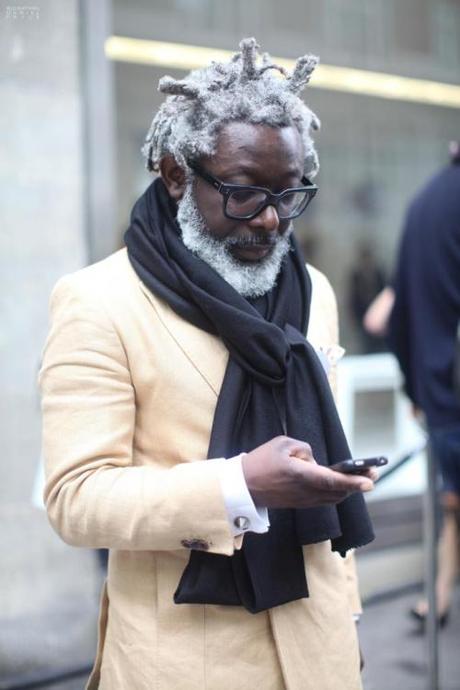
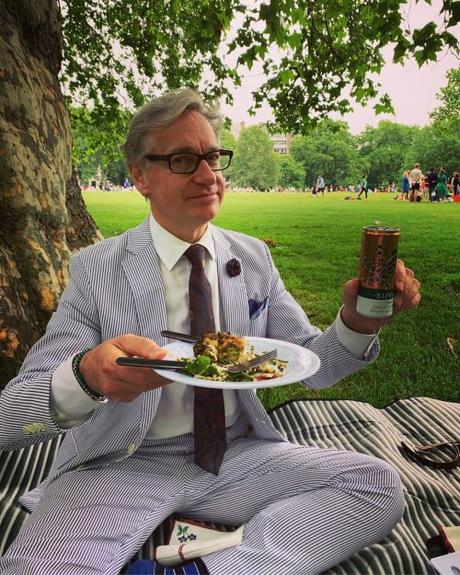
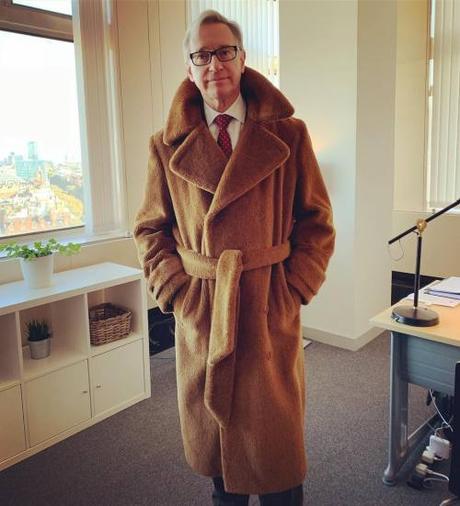
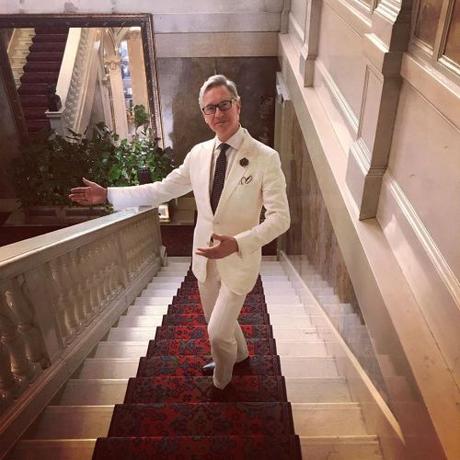

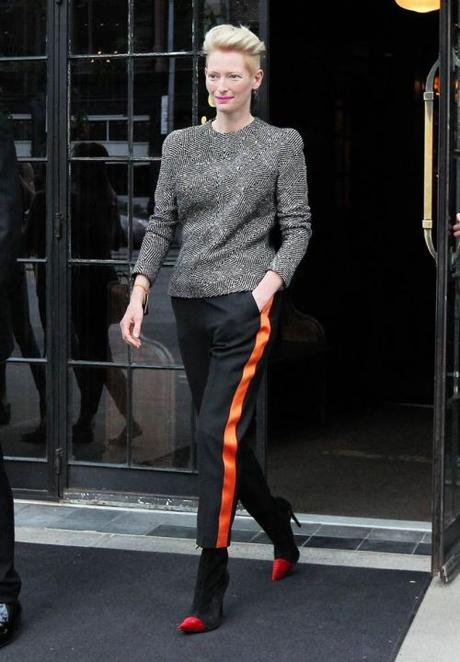
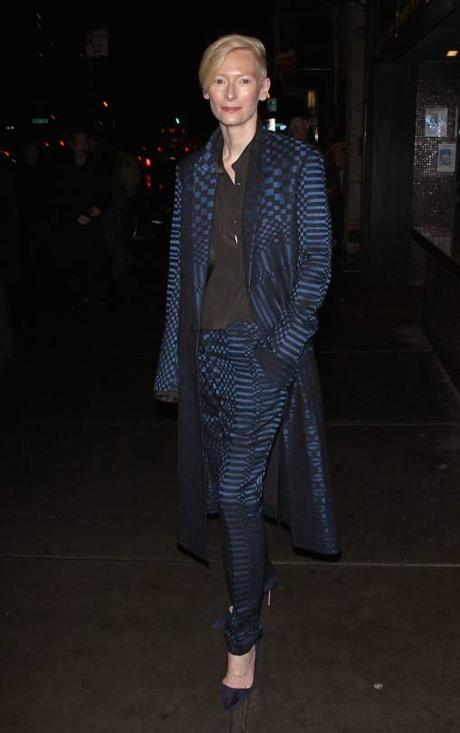
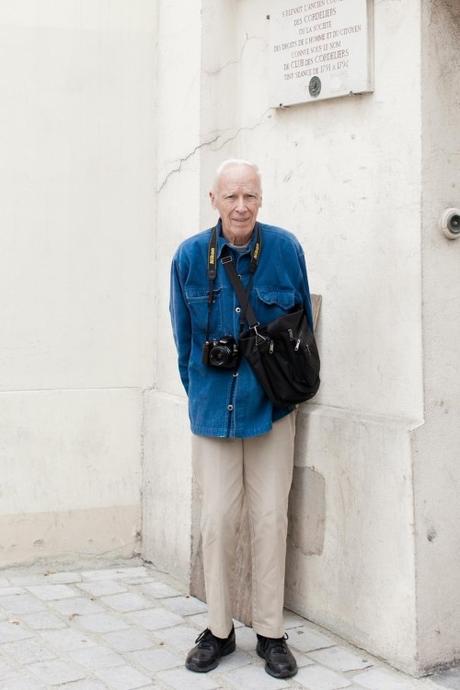
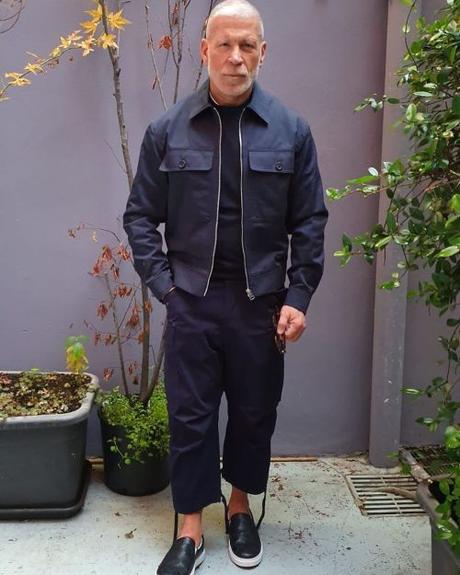
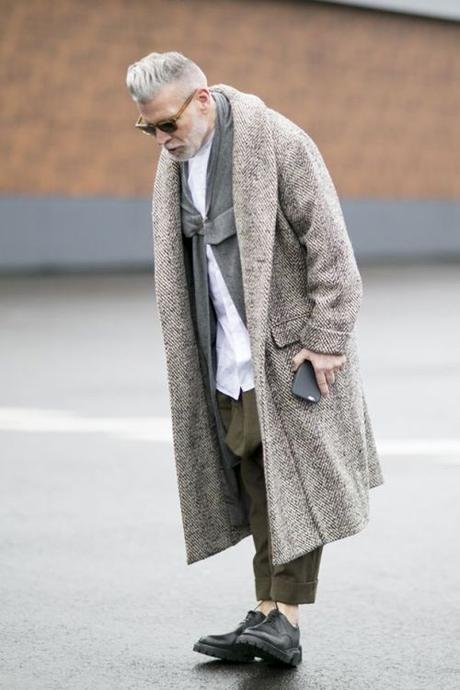
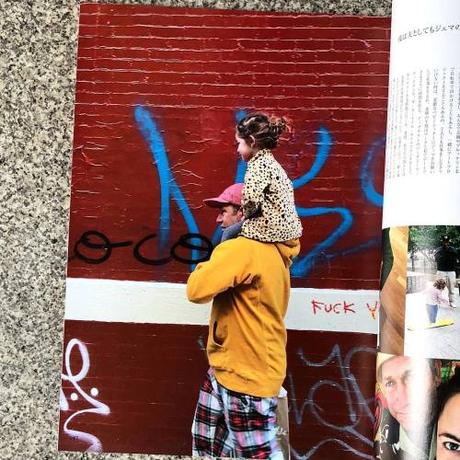
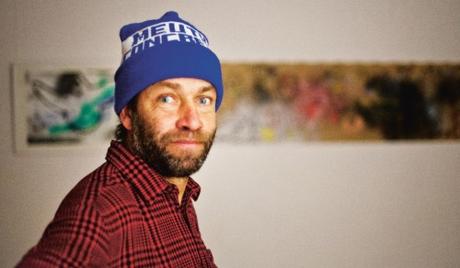

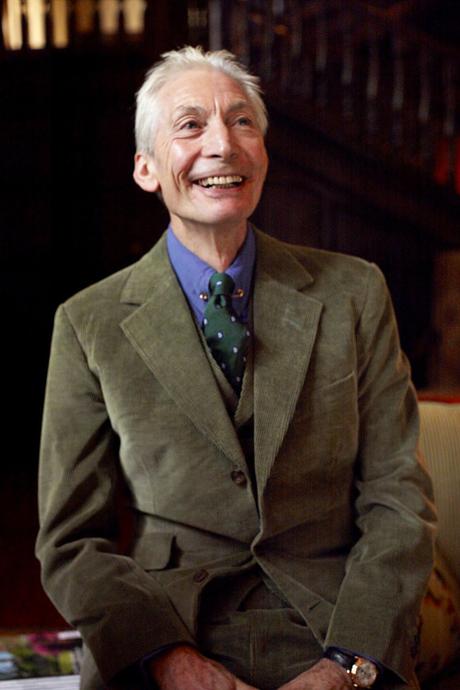
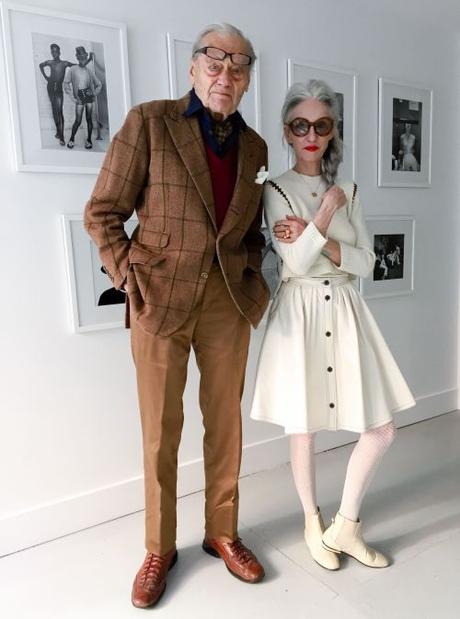

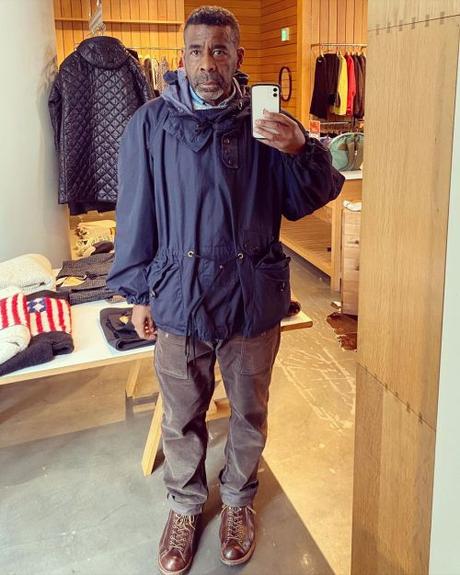
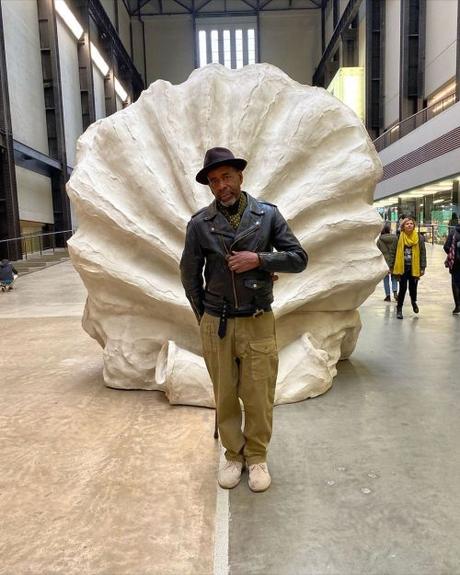
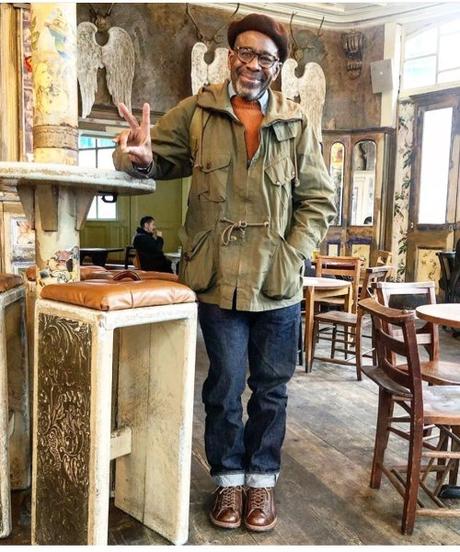
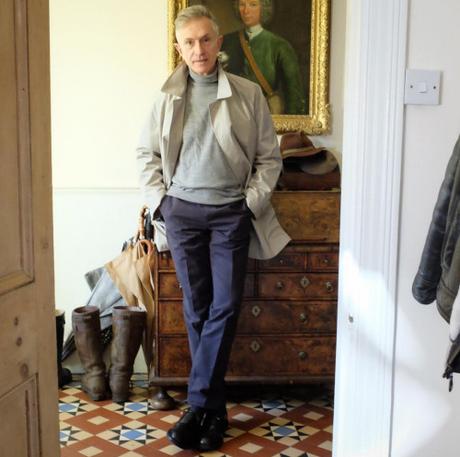


As I get older, I find that I start taking more account of how much time I have left. In the dark hours, I too fret about my future. So instead of worrying about fitting in, I find fashion can be one of the small ways to add a little joy to your life. You can dress in a way that makes you happy, much like Iris Apfel or Paul Feig. Or dress to express your inner self, like Edith Blayney. Or dress to have an excuse to go out with friends, like the Red Hatters. A few years ago, I interviewed a reader named Andy, a Silicon Valley software developer who doesn't mind wearing suits when everyone at his office is in jeans and t-shirts. He's also happy to wear beautifully tailored dinner suits for the very normal activity of getting dinner. "If my wife and I go out in the evening, these days we 'dress up' because we want to," he said. "It bothers us not at all if we are dressed more formally than everyone around us. We dress for ourselves and each other, and that's it. We have reached a point in our lives where it is time to be ourselves. If we find ourselves in a place where everyone else is in jeans, so be it."
A couple of years ago, Jenny Joseph passed away from old age. She composed her poem "Warning" in 1961 when she was just 29 years old. As it turns out, she never did end up wearing purple ("I can't stand purple. It doesn't suit me"). But her poem inspired thousands of women to be themselves. The full poem goes like this:
Joseph, however, recognizes that adults have responsibilities. They have to pay bills to keep themselves off the street. They mustn't curse or spit so that they can set a good example for children. They have to have friends and read the paper. So, she ends the poem with some advice for younger people:

